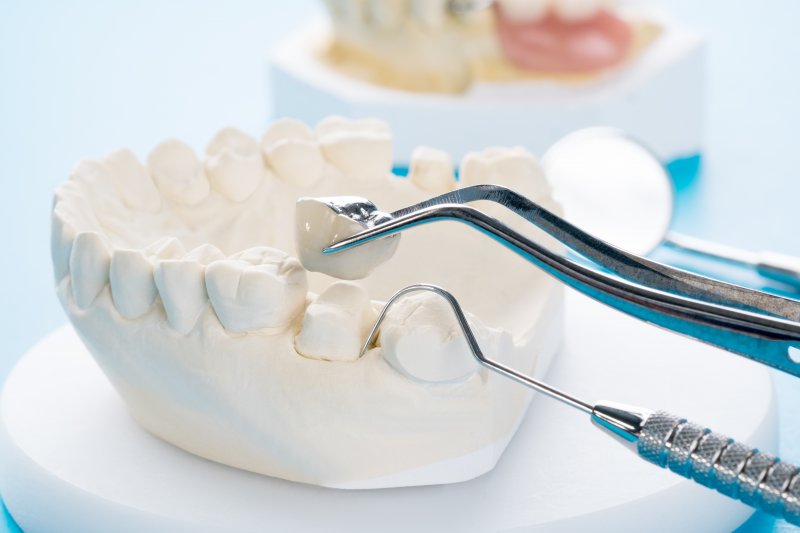
If you’ve been indulging in all that the world has to offer, you may have a cavity or two. If you’ve neglected your dental health as well, chances are you may have at least one severely decayed tooth. The US Centers for Disease Control and Prevention estimates that as much as 29 percent of people have severe decay in their teeth. Dental crowns are the answer to this.
If you fit into this statistic, you may need a dental crown, but what is the process like? Continue reading to find out.
1. A Thorough Dental Exam
The first step in the process of obtaining a dental crown is a dental exam. This allows your dentist to see if the damage to your teeth warrants a crown. Many times, decay can be solved with a filling. Other times, the tooth’s structure might have deteriorated too much, making it unsuitable for a dental crown.
2. Tooth Preparation for Dental Crowns
When the exam is over, your dentist will discuss the plan for treatment with you. If a crown is the best way to solve your issues, they’ll begin the process. First, they’ll numb the area around the tooth with an anesthetic.
Next, the tooth is cleaned of decay and debris with special instruments. Finally, your dentist will shape the rest of the tooth structure into a post to receive the prosthetic.
3. Taking Impressions
Once your tooth is prepared, the next step is to take impressions of your mouth. You’ll bite down on a couple of trays filled with special impression material and wait for it to set.
Now that the impression is made, it’s sent to a dental lab for the next step of the process. This next step usually takes a couple of weeks, so you’ll be given a temporary crown to protect your tooth in the meantime.
4. Fabrication of Your Dental Crowns
After your impression arrives at the dental lab, skilled technicians get to work creating it. They use 3D imaging, specialized tools, ovens, computer-aided machines, and an array of ceramic powders to create the prosthetic. Once it’s done, it will look just like a normal tooth crafted to your dentist’s exact specifications.
5. Fitting and Adjustments
Whenever your new dental crown arrives at the office, you’ll be scheduled to come in to try it on. Your dentist will remove the temporary crown, clean your tooth, and then install your new permanent prosthetic. If the fit is good and you’re happy with the look and feel, the crown is cemented in place. If you’re not happy, it can be sent back for adjustments.
While the process for dental crowns seems complicated, it won’t be any trouble once you begin. Crowns are a great option to restore your tooth’s look and functionality. If you have a severely damaged tooth, don’t delay. Schedule an appointment and begin the process. You could be weeks away from a brand-new healthy smile.
About the Author
Dr. Donald Marks has been practicing dentistry for a long time, but his favorite part of his job is still the people. He has formed many bonds with his patients over the years, and he understands that trust is important for continued treatment. Dr. Marks earned his dental doctorate from the University of Pittsburgh School of Dental Medicine. Since then he has been an avid learner, expanding his skills to better serve his patients. To schedule an appointment at Donald Marks Family Dentistry, call (814) 826-3767 or visit the website to explore other services.




